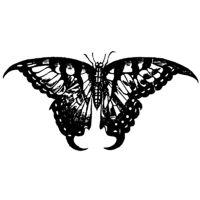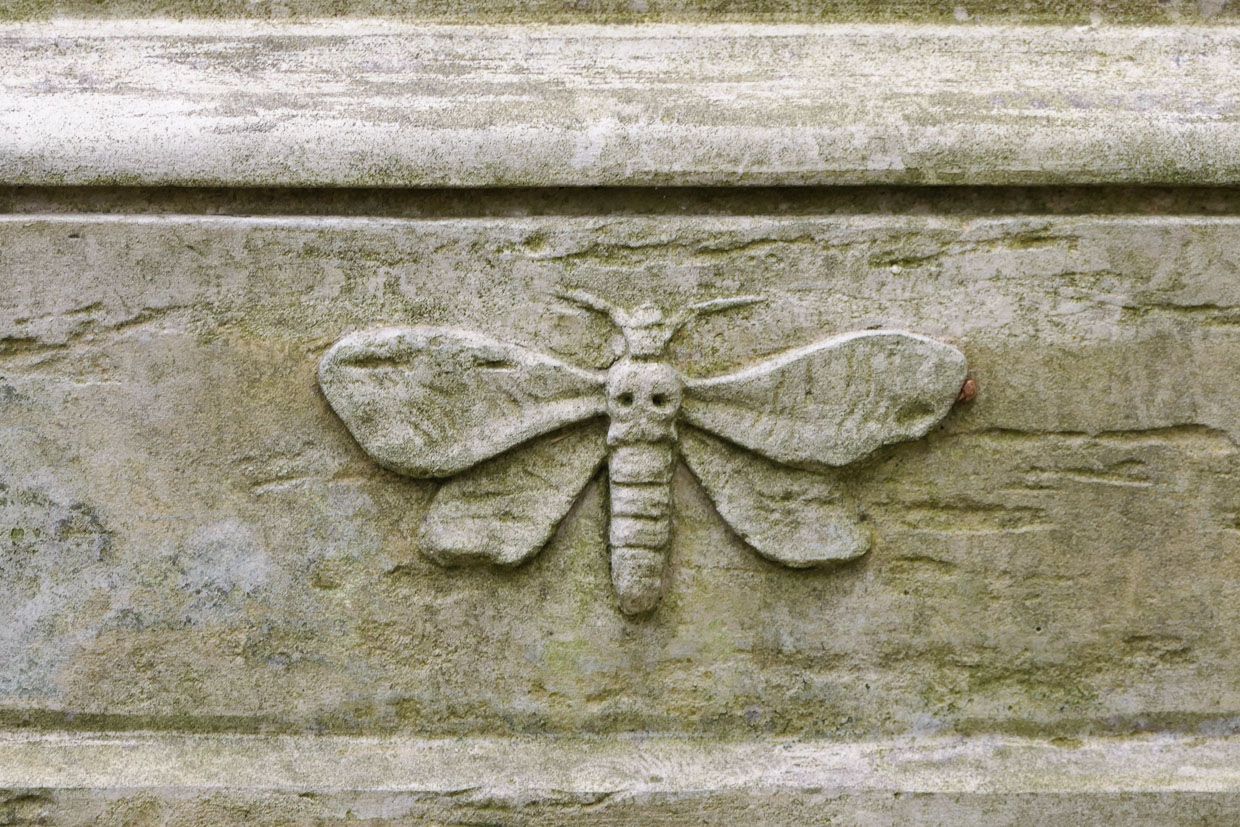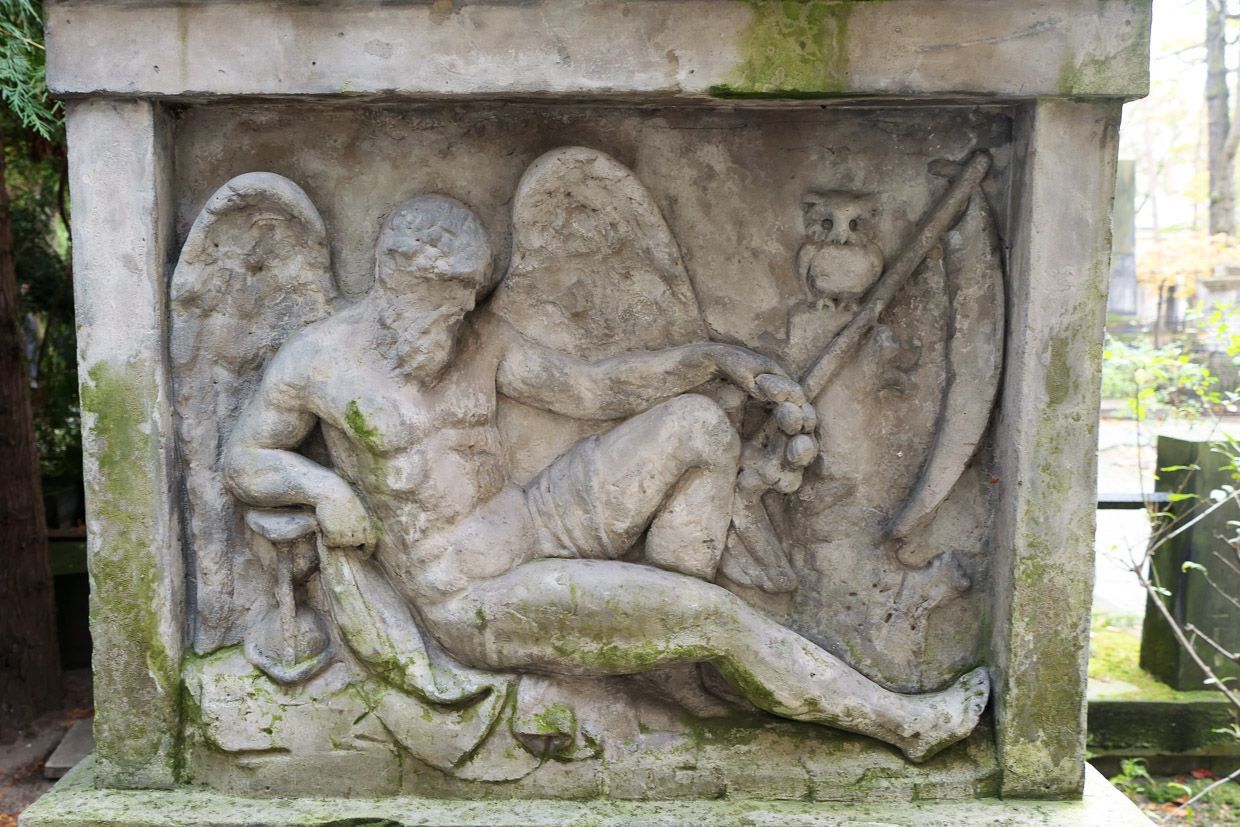
Butterflies as a symbol of death
The mention of the transitory and inevitable end of life is not only the domain of Baroque poetry. The Latin maxim "Memento mori" ("Remember that you will die") is also found on tombstones, but more often there are symbols of the fragility of human life, transitory and death. The ephemerality of human life should be remembered by images of broken trees, carapace-covered urns, broken candles or broken columns, or cut wilted flowers, especially tulips, which have a very short lifespan. The fragility of life is also symbolized by butterflies, which can also mean the exit of the soul from the body.

The twilight on the head of the corpse was a special symbol of death. Here, on the grave of Juliusz Kohlberg at the Evangelical Augsburg Cemetery in Warsaw, photo: Joanna Maryuk
Butterflies are a very controversial symbol. The life cycle of this insect, from egg through caterpillars and pupae to imago, constant “dying” of one form for rebirth in a new form, makes the butterfly a symbol of life, death and resurrection. On the other hand, the bird that symbolizes death is the owl. She is a nocturnal bird and an attribute of chthonic deities (deities of the underworld). Once it was even believed that the hooting of an owl portends death. Death itself appears on tombstones in the form of a skull, crossed bones, less often in the form of a skeleton. Its symbol is a torch with its head down, a former attribute of Thanatos.
The symbolism of the passage is just as common. Its most popular reflection is the image of an hourglass, sometimes winged, in which the flowing sand should remind of the continuous flow of human life. The hourglass is also an attribute of the Father of Time, Chronos, the primitive god who guarded the order in the world and the passage of time. Tombstones sometimes depict a large image of an old man, sometimes winged, with an hourglass in his hand, less often with a scythe.

The personification of Time in the form of a winged old man leaning on an hourglass. Visible attributes of Death: scythe, owl and poppy wreath. Powazki, photo by Ioanna Maryuk
Gravestone inscriptions (including the extremely popular Latin sentence "Quod tu es, fui, quod sum, tu eris" - "What you, I was, what I am, you will be"), as well as some custom funerary rings - for example, in museum collections in New England, funeral rings with a skull and crossbones eye, donated to gloves at funerals, were still kept in museum collections.
Leave a Reply